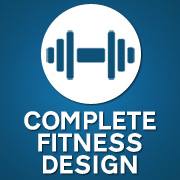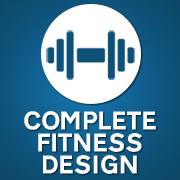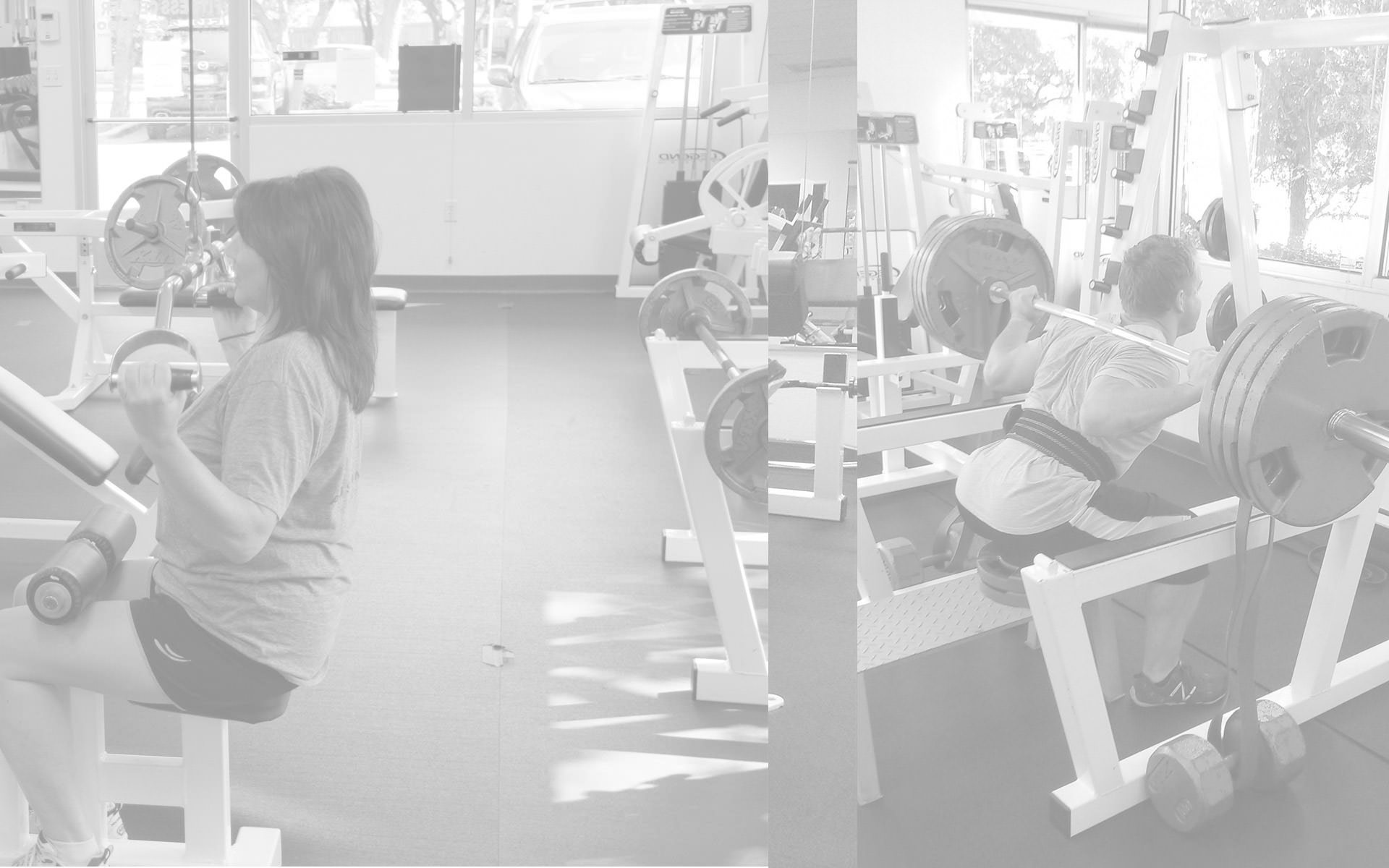
From seemingly the beginning of time, when we want to know how we measure up against a fellow man in the gym, we inquire or seek to discover subversively, how much they can bench press. For some reason this is the holy grail of all movements, exercises, and lifts in the gym. Why that is, I will never know. While the bench press is a perfectly fine exercise for some, it is definitely not suited for everyone. I personally have not used a traditional bench press in years for any heavy lifts and as a result my pectoral muscles have grown considerably as opposed to mostly just my anterior delts becoming overused and painful.
Those of us with a longer reach are not properly suited for the lift and instead will place far more emphasis than need be or is healthy on the front of our shoulders. That’s just simply the physics of that anatomical trait. For people that are not built for the bench, we do various other exercises as an alternative. Examples of these would be machine presses, dumbbell presses both incline and flat, as well as a variety of hybrid exercises which I have concocted.
Another reason why I don’t particularly care to bench press is the danger factor. If I load 405 pounds on the bench press and fail, there’s going to be serious consequences incurred and likely too even if I have a good spotter. If I load 4 big plates on each side of a machine press and employ proper techniques such as pinched shoulder blades, proper elbow placement, and engagement of the abdominals, etc, I have found that I will enjoy much greater hypertrophy results. I also take comfort in the fact that if I fail with a vast poundage, it is simply my ego that will be potentially hurt.
As a longtime Austin personal trainer, it is my responsibility to make sure that my clients exercise safely while progressing towards their goals. This means that if somebody is not aptly suited for a particular lift, such as the bench press, then we simply avoid it and employ viable substitutions. If the reason we cannot use a bench press traditionally is because of an injury or imbalance, it is my job to fix the aforementioned issue before allowing a client to use a machine which could jeopardize their health and/or their well being. To me, one of the most interesting things about my job is the assessment of imbalances and weaknesses and the subsequent working around the problems while striving towards the client’s goals as well as fixing the problems themselves directly so they’re strong, healthy, and well-balanced.
Andy Bruchey: Personal Trainer Austin 5-13-2015

Andy

Latest posts by Andy (see all)
- Workout Motivation: How To Get Motivated To Work Out - March 9, 2022
- Body Fat Types: Subcutaneous and Visceral Fats - June 1, 2019
- Why Diets Work If You Stick With Them - April 1, 2019




